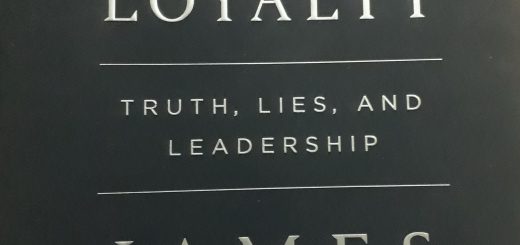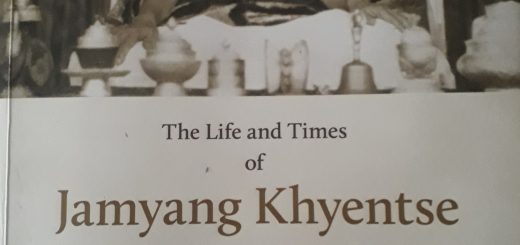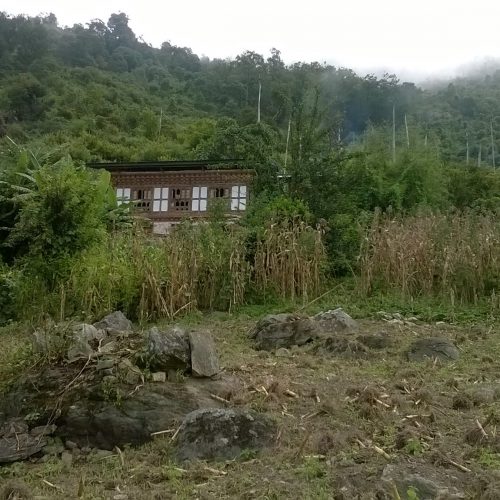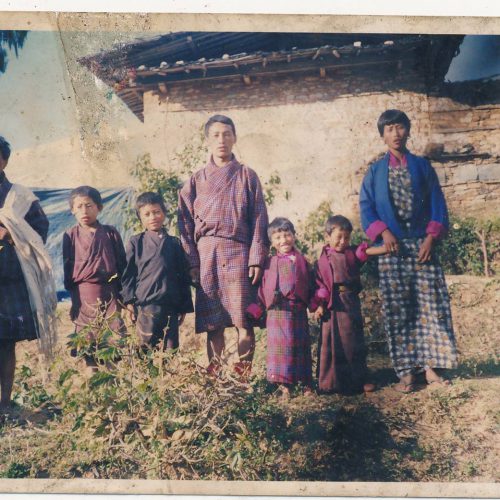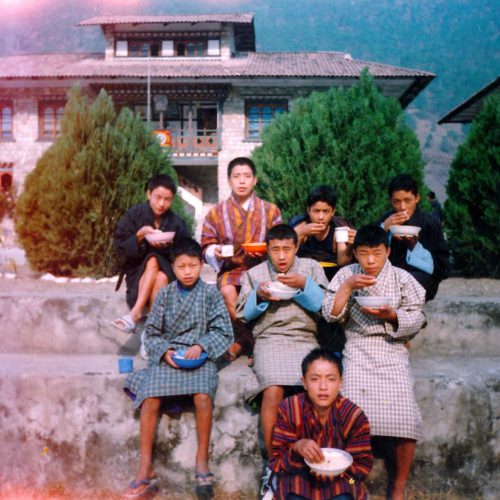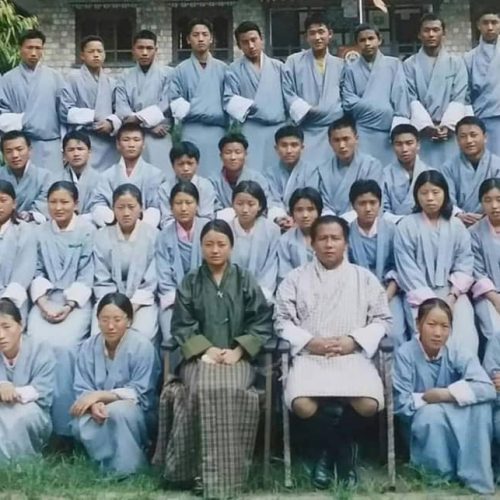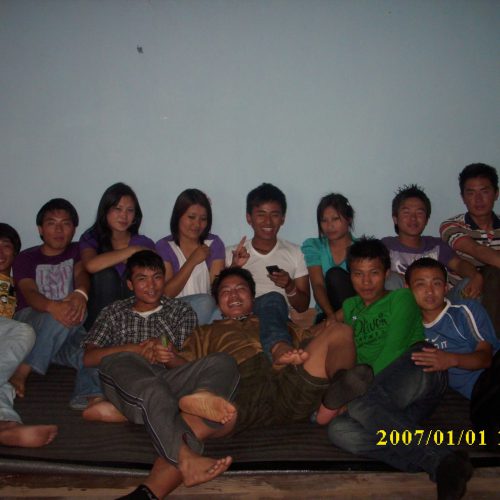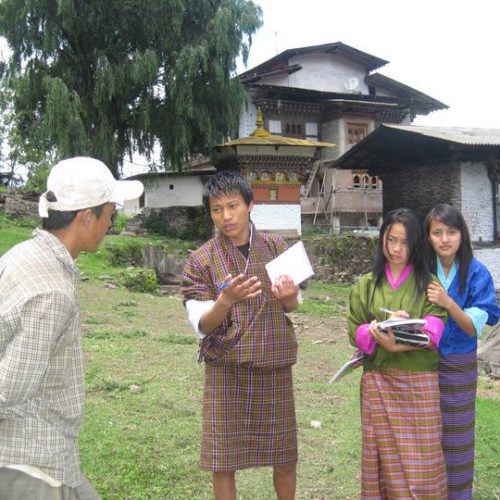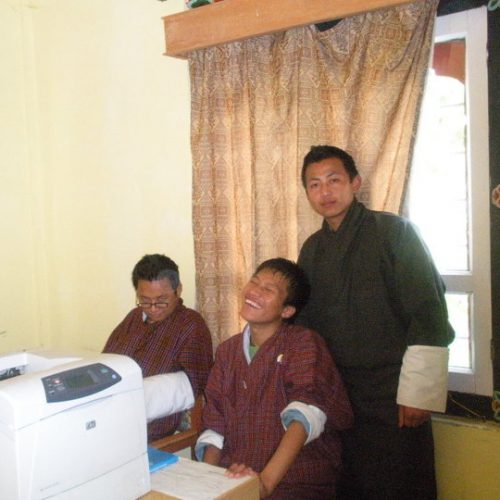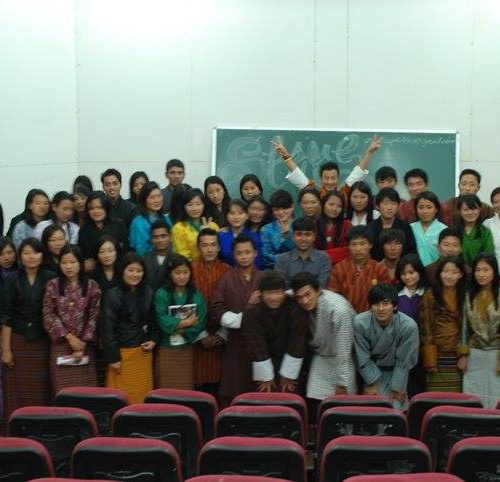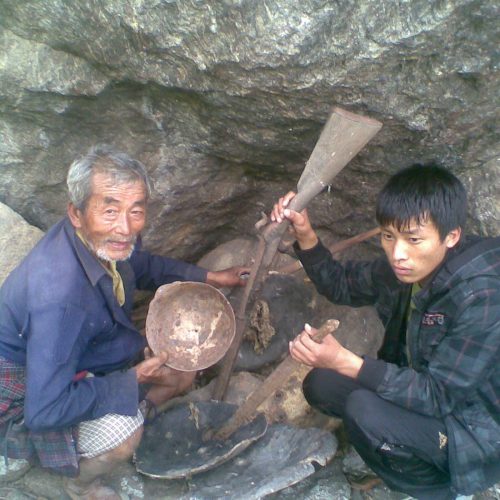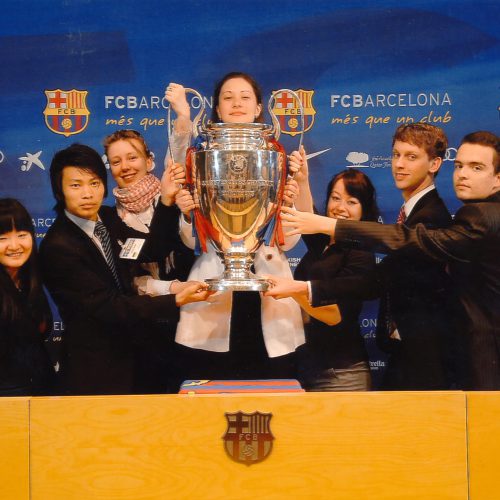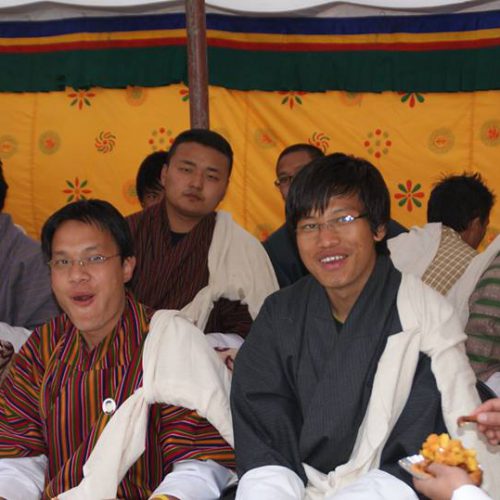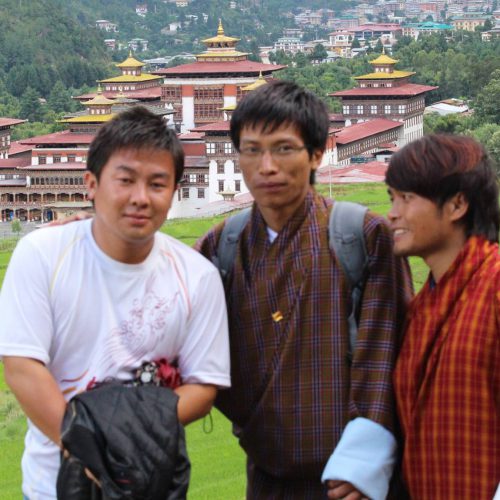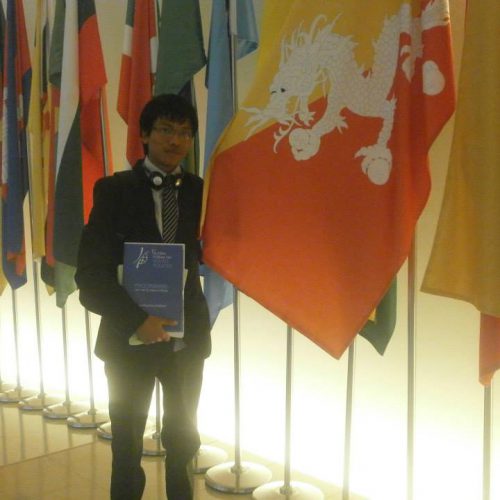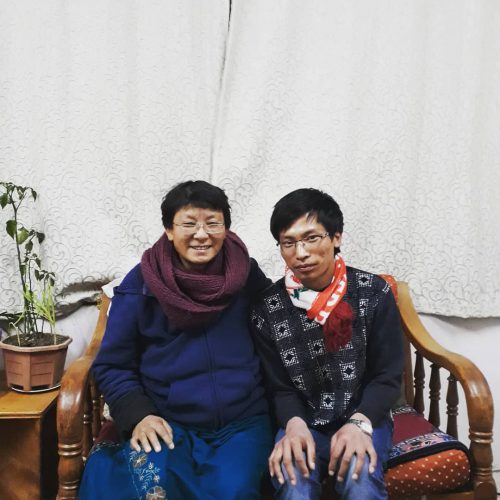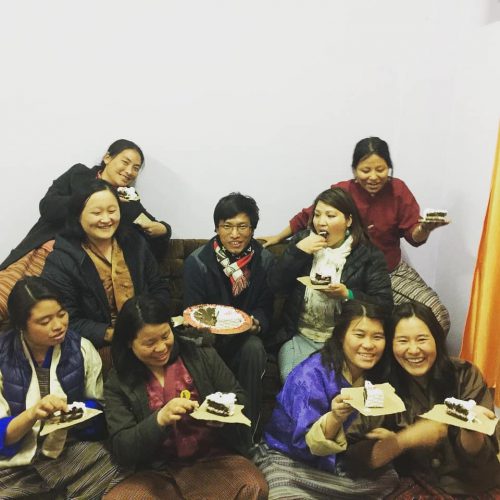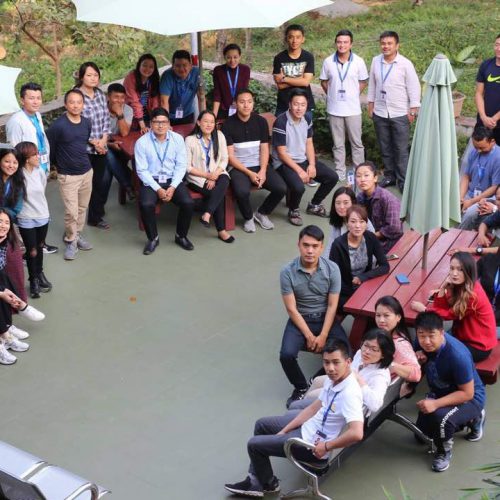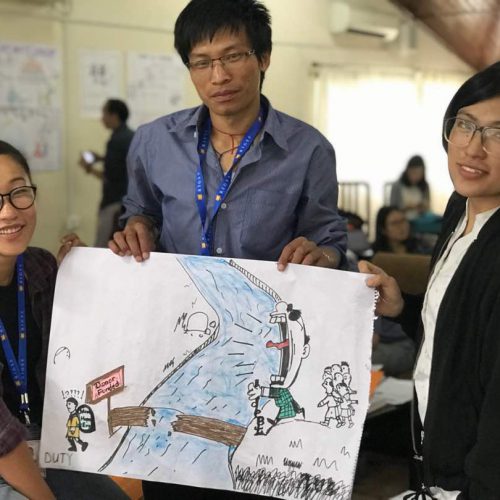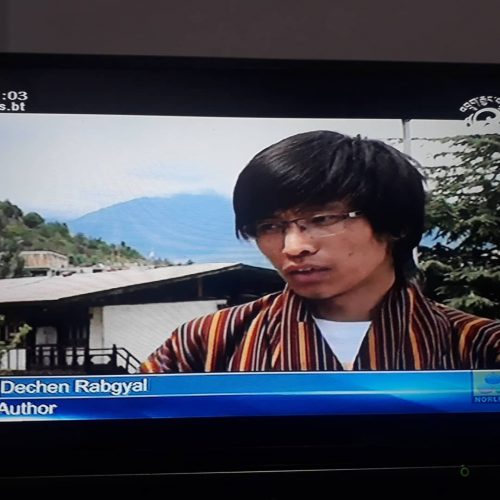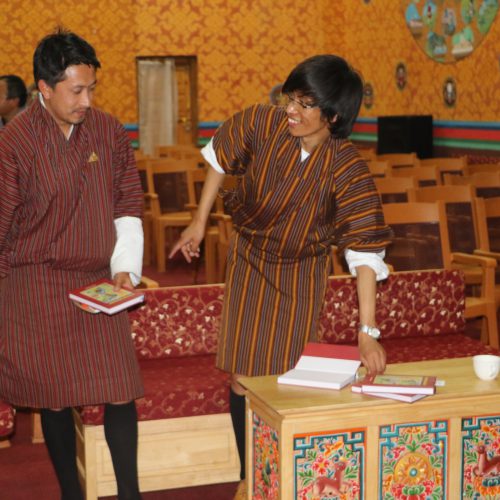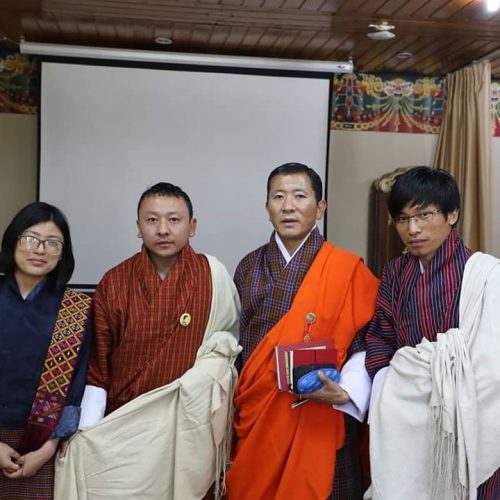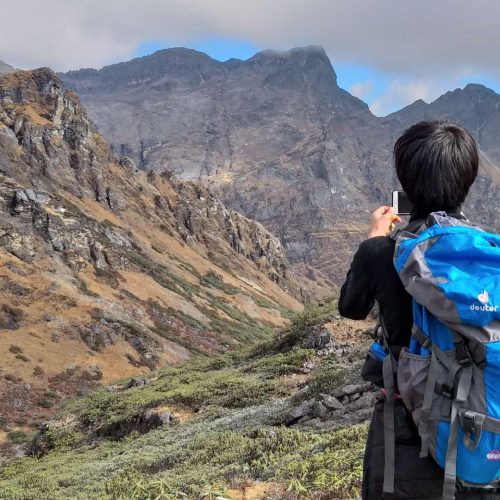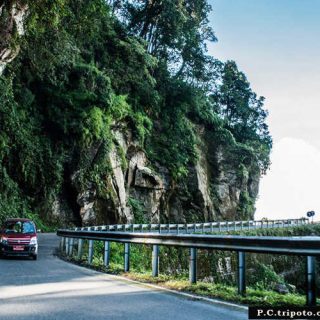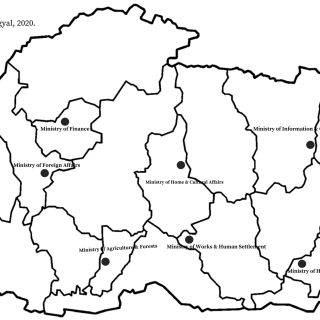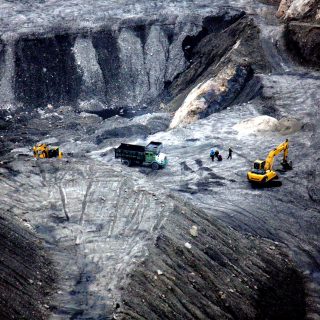A Promised Land
My first serious effort to know about President Obama was in 2011. As I was walking by the academic blocks at Sherubtse College with my friends to observe Teachers Day on 02 May 2011, I came across a newspaper headline (sic.), ‘Obama brings Osama to justice’. How come I did not follow him after the 2004 Democratic National Convention (DNC) keynote address. How could I afford to miss the run up to and the consequential 2008 presidential election? I simply did not see the world beyond Mongar, Bhutan.
Later, knowing Obama as the 2009 Nobel Peace Prize winner, however, did help prepare for quizzes. Nothing much beyond that despite being a student of Political Science. Ignorant, I was. In subsequent years, I tried to see him as another human being. There, I could make meaning of life he lived and one he chose to live. And, his book, Audacity, a gift from my former lecturer, literally, was inspiring. The sight of his latest book, ‘A Promised Land’ caught my eye and without a second thought, went for it. I found myself in the neighbourhood of one of his motivations (to write this book), “…I wanted to tell a more personal story that might inspire young people considering a life of public service…” ‘Resisting a simpler linear narrative’, he tried to weave his story in lead up to the presidential bid and presidency with history giving much needed clarity to a newcomer to the study of International Relations (IR).
At first, I tried skip reading. As I progressed, I realised that there is too much to learn from. If a man of Obama’s calibre took three years to write this book, I should be able to give a fair amount of time- for my own gain. The following points are the notes I took I felt important for reference. It isn’t a review by any measure.
Organised in seven parts, the book revolves around his first term as the president of the United States of America (US) and the journey that led up to it. Family life features throughout his story. Indeed, the decision he took and legacies he left are built around family life. For example, he starts his efforts in Climate change with Sasha asking if he would protect a tiger? He recollects that he remembered his mother as he signed the Fair Pay Act.
Part One, ‘The Bet’ recounts his political journey. Essentially, he was driven to make difference, in a big way. After graduation, he worked as community organiser in Chicago but found the work’s progress very slow. A job training centre, for example, could not make up for thousands of jobs lost. He did not have power to shape budget and policy! A sense of agency and purpose was instilled right from his childhood days when his mother would tell him stories on war and civil rights besides making him read books. He was deeply influenced by social movements, idea of America and values and ideals such as equality. After discussion with Michelle and latter’s agreement but with a condition that she has minimal or no role to play in Obama’s public life, Obama started his political career. However, he wasn’t satisfied with state legislation convincing him to run for senatorial seat in Congress which he succeeded. Even the legislative mandate in Congress would leave him dissatisfied. After series of discussions and consultations with senior senators and Michelle, he announced his candidacy for President. He saw his vision for America and the world scripted in the executive power of the President.
Part Two, ‘Yes We Can’ covers his bid to presidency-first the democratic primaries and then the presidential race with Senator John McCain. Race, healthcare, education, equality and war, among others were his policy priorities. He pitched his idea for change basing on his status as a new comer and outside Washington establishment. However, overcoming old stalwarts such as Joe Biden and Hillary Clinton required no less efforts. That said, with abled campaign strategist, David Plouffe, David Axerold and co. they were able to pull through. One strategy stood! The Obama campaign was all out for Iowa, the first state to conduct primaries. If they could win there, they expected, rest will fall in place. It did and Obama secured the Democratic nomination. Running on the progressive plank, against a veteran, Republican John McCain stood a tall order. While division between red and blue is deep, foreign war and terrorism has become one least contested topic between the two aisles. An apprentice vying to become the commander in-chief against a veteran with years of service in navy was quite an asking. The financial crisis induced economic wounds was too deep and unending war in Iraq launched under Bush administration gave Obama points to score besides his campaign for ‘change’ built around the ideas of equality with focus on health and education. Obama became the first African American President!
Part Three, ‘Renegade’ brings forth transition to presidency and key appointments. In what was a disappointment to his progressive base, he retained Bob Gates, a republican as Defence Secretary. With Joe Biden as Vice President, one of his chief rivals, Hillary Clinton was assigned as the Secretary of State. Hillary declined on the first call/meeting. Towards the end of his second call, Obama told Hillary, “You are too important for me to take no as an answer.” Larry Summers and Tim who worked during Clinton administration spearheaded economic recovery. In doing so, he chose experience over fresh talent. Where is the change in actuality? Renegade. As he prepared to take charge of badly hurt economy, Obama read books on Franklin Delano Roosevelt (FDR) and New Deal, and Keynesian economics. There was no time to let things go on own its pace. With economy hurt, unemployment record high, banks crashing, auto industry is nearing collapse. There was, however, a challenge to get bipartisan bill-the senate filibuster. With Democrats in majority in congress and economy plunging, he was able to pull through American Recovery and Reinvestment Act in less than a month in office. Further, Fair Pay Act was endorsed giving much needed lift for women workforce. Foreign policy surrounding Iraq and Afghanistan was of importance.
Part Four, ‘The Good Fight’ sheds light on ‘politics as the art of possible’ covering array of policy issues. On the international level, he attended his debut global stage at G20 summit in London. Besides main agenda, events/meetings by the slidelines provide ideal platform to discuss plethora of issues. Here, he encountered assertion of emerging powers, Brazil, Russia, India, China and South Africa (BRICS) on the need to reform global order, particularly the recognition of increasing role in global economic order and institutions such as the World Bank and International Monetary Fund. He also made two speeches on counter terrorism: one for domestic and another for international audience. Latter, he delivered in Egypt in an effort to debunk that Muslims are terrorist which people perceived and media carried the two as closely interlinked. As much as what to speak, the place to speak from also mattered! At home, there was HINI outbreak. The US wasn’t ready and big pharmaceuticals were not convinced that they would generate enough profits to venture into vaccine research and production. He would not only design policy intervention but also lay foundations to tackle pandemic in the future. In the supreme court, he appointed Sontomayor, the first Latina to the country’s topmost court. As much as the ‘interpreter’, the US supreme court can also be a ‘maker’ of law, to a lesser extent, through its rulings. Arguments between Gates, a black professor, and Crowley, a white policeman at Cambridge instigated America’s deeply entrenched race issues.
Part Five, ‘The World As It Is’ sees his poignant yet candid reflection on herculean task in coming to common solution on key issues such as climate change and nuclear power. The chapter discusses in length climate change starting from 1992 Earth Summit, 1997 Kyoto Protocol and 2009 Copenhagen Summit, the last one which he attended. To his own disbelief, Obama was awarded the 2009 Nobel Peace Prize. He described it as a ‘call for action’. After much hesitance, Obama made to the Copenhagen Summit and got a last-minute interim deal. The difference between Europe and BRICS countries was huge. In it, Obama acknowledges how the UN, at times is rendered ineffective with big powers, primarily the five permanent members exercising veto whenever an agenda conflicts with their national interests, however noble the goal be. Nevertheless, he sees hope in UN evidenced by relative peace and stability the world enjoys. Nuclear programme, especially Iran in relation to Russia and China were discussed. ‘Pivot to Asia’ is designed to ensure the US’s continued presence in Asia. On domestic front, McChrystal report on Afghanistan requiring additional troops was leaked. Having run the campaign on anti-war plank and diplomacy, Obama tried to highlight the cost of war such as tolls on human life and billions of dollars which otherwise would have invested in education and healthcare. However, the leakage of report added pressure as media and strong headed Americans for war attacked him on stooping when faced with adversaries. The tension between White House and Pentagon, civil versus military leaders grew.
Part Six, ‘In The Barrel’ delves into key issues such as Euro crisis, oil spill and immigration. As the US economy were showing signs of improvement, financial crisis in Greece and series of other European countries were of concern to the US. A bad economy in Europe affects American economy too. In his own White House, there were growing differences between his staffers based on gender, race and others. Dinners, dance and one-on-one meetings and feedback helped improve those relations. Wall street reforms and consumer protection act were pursued wherein providing financial bailouts for banks to keep economy afloat backfired as Congressional Democrats lost in 2010 midterms. History repeats for itself! A setback for his legislative agenda. As a result, his administration had to extend Bush’s tax cuts for rich for two more years, a precondition set by Republican dominated Congress to provide tax relief for middle class. The offshore drilling and oil spill at Macondo, Gulf of Mexico gave him a ‘feeling of temporary helplessness’. In addressing the spill, he could push through green energy and energy efficiency agenda. The ‘Rolling stone’ article saw the departure of McChrystal. Closure of Guantanamo detention centre posed another set of policy challenge. Voted on the same day, DADT (Don’t Act, Don’t Tell) Act was repealed ensuring minimum rights and protection for LGBTQ. However, DREAM Act-a comprehensive immigration reform aimed at helping ‘Dreamers’ fell short by 5 votes. A deal was reached between Obama and Claire McCaskill, Democratic senator from Republican leaning Missouri. If the vote for DREAM is headed towards defeat by a vote, McCaskill will vote ‘yea’. Otherwise she would vote ‘nay’ considering her re-election prospect which was at the doorstep. Despite falling short by more than one vote, she decided to vote ‘yea’ as she stated, “…I just couldn’t do it to them. I couldn’t let them think I didn’t care…’’ For McCaskil, politics was conscience, not a career!
Part Seven, ‘On The High Wire’ takes through some complex foreign policy choices. The US has strategic interest in the Middle East and North Africa (MENA) not only because of counter terrorism efforts but also because of its ally in Israel. Arab Spring was not a straight forward issue, particularly from the US point of view. Attributable to similar cause, i.e. authoritarian regimes, which triggered protests and confrontation between the citizens and governments in the region, intervention, however was a delicate issue. For example, Egypt and Bahrain were allies and Syria an adversary- one solution did not fit. Consulting his advisors, younger one encouraged immediate intervention in ‘hope’ of bringing change in the region. Older advisors expressed ‘fears’ apprehensive of how their allies would react and the consequences thereof. Libya was a different test altogether. The US intervened along with France and the United Kingdom after getting the UN Security Council vote. On his tour in the Latin America, as he was having dinner with Chilean President, one of his advisors informed that US fighter jet which was deployed to confront the Gaddafi forces crashed. Gaddafi was defeated but Libyan transition wasn’t a swift one.
Bringing Osama bin Laden to task was high on Obama’s agenda. For planning purpose, Obama declared, ‘assume it’s a go’. Conviction! By early 2011, a tentative date was sought for attack. Bill McRaven was entrusted to model the operation, ‘Operation Neptune’s Spear’. First weekend of May, coinciding with a couple of moonless nights was found to be an ideal time. As the preparation gained momentum, Trump brought up Obama’s ‘birtherism’ issue. A good distraction. Preliminary intelligence located Osama in Abbottobad, Pakistan. Two options, missile strike versus raid were floated. Obama decided the latter. Efforts were made to ascertain that the person identified was Osama. Mike Leiter, the chief of National Counterterrorism centre said the person share 40 to 60 per cent of similarity of bin Laden while CIA gave higher similarity of 60 to 80 per cent. Obama interjected, ‘it is 50:50-‘let’s move on’. On 29 April, he made his ultimate call giving McRaven a go-ahead signal. On the morning of 2 May, he played golf simply to pre-empt any speculations. As the evening unfolded, Black Hawk flew SEALs from Jalalabad, Afghanistan to Abbottobad. Obama and his closed groups in the administration followed the raid from Situation Room. “Geronimo IDd…Geronimo EKIA…”, Osama, code named ‘Geronimo’ was brought to task. It was decided that Osama would be buried at sea so as to ‘avoid creation of a pilgrimage for jihadist.’ Bringing Osama to the task did accomplish one of his agendas but it did not give Obama the same level of exuberance as the passage of Affordable Care Act, popularly known as Obamacare, did. As the SEALs returned, he presented them ‘Presidential Unit Citation’ and SEALs reciprocated with a US flag they carried from Jalalabad to Abbottabad with their signatures on it. NEITHER DID THE SEALS MENTION WHO FIRED THE SHOT THAT KILLED OSAMA NOR DID OBAMA ASK!

